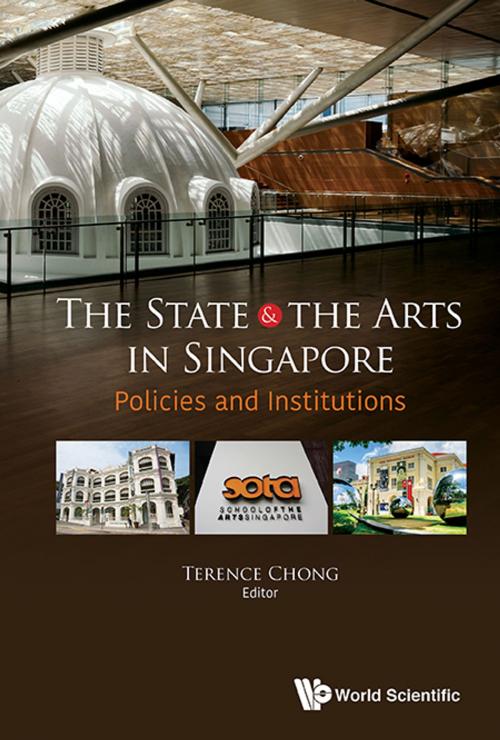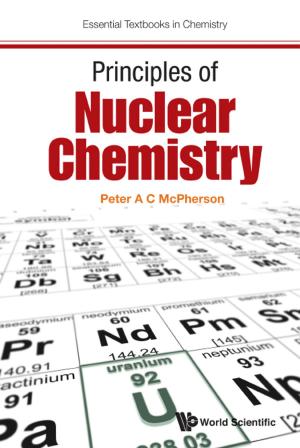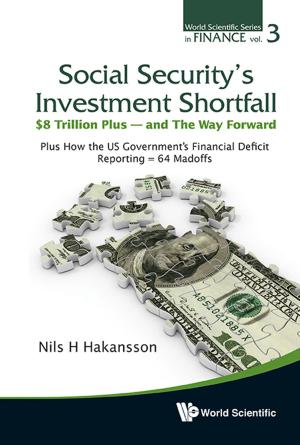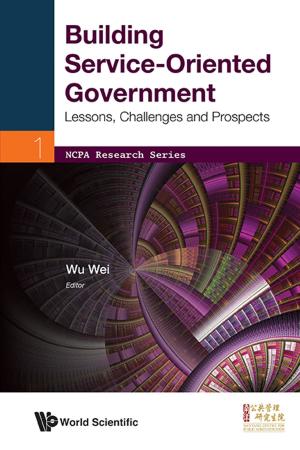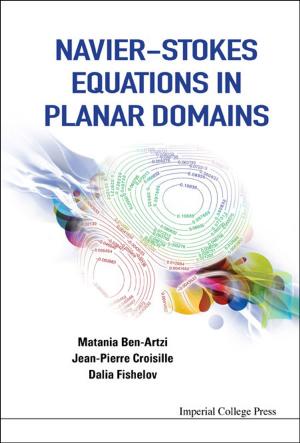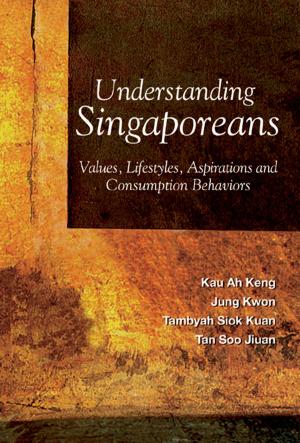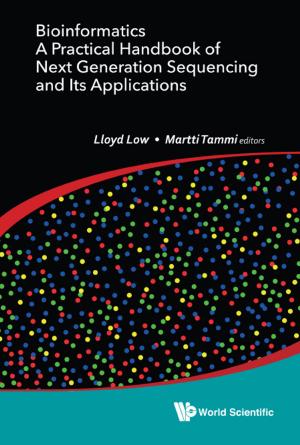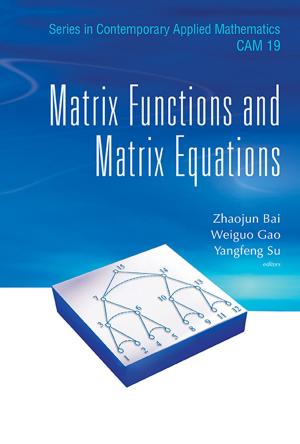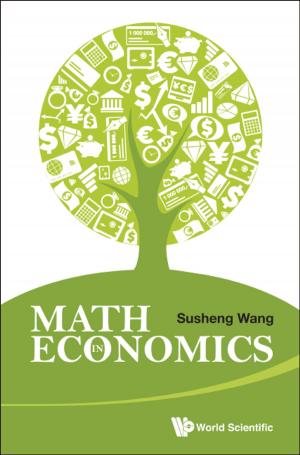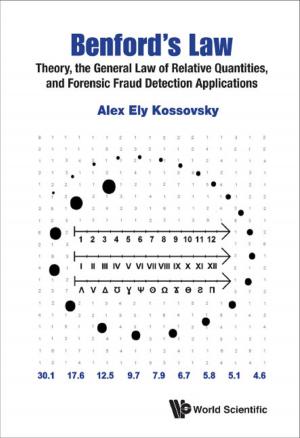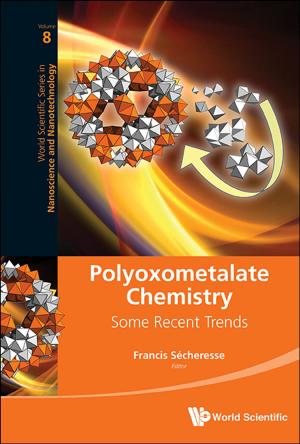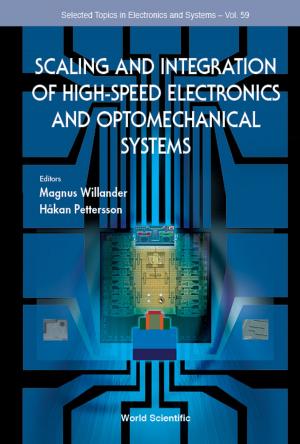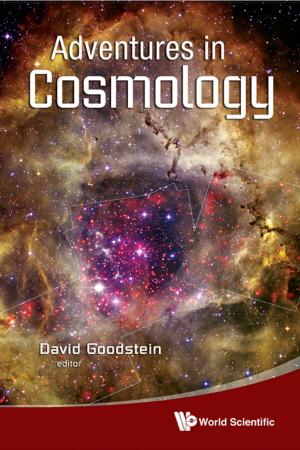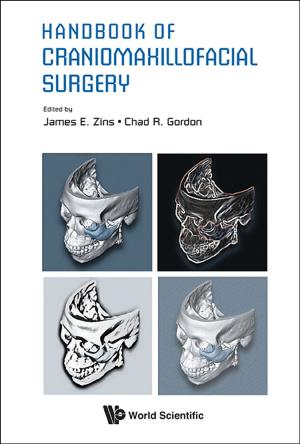The State and the Arts in Singapore
Policies and Institutions
Nonfiction, Social & Cultural Studies, Political Science, Government, Public Policy, International, Social Science| Author: | Terence Chong | ISBN: | 9789813236905 |
| Publisher: | World Scientific Publishing Company | Publication: | August 10, 2018 |
| Imprint: | WSPC | Language: | English |
| Author: | Terence Chong |
| ISBN: | 9789813236905 |
| Publisher: | World Scientific Publishing Company |
| Publication: | August 10, 2018 |
| Imprint: | WSPC |
| Language: | English |
This book covers Singapore's key arts policies and art institutions which have shaped the cultural landscape of the country from the 1950s to the present.
The scholars and experts in this volume critically assess arts policies and arts institutions to collectively provide an overview of how arts and culture have been deployed by the state. The chapters are arranged chronologically to cover milestone events from the forging of 'Malayan culture'; the government's 'anti-yellow culture' campaign; the use of 'culture' for tourism; the setting up of the Advisory Council on Arts and Culture, the Renaissance City Report, the setting up of the School of the Arts, and others.
Putting to rest the notion that Singapore is a 'cultural desert', this volume is valuable reading for students of cultural policy, policy makers who seek an understanding of Singapore's cultural trajectory, and for international readers interested in Singapore's arts and cultural policy.
Sample Chapter(s)
Foreword
Introduction
Chapter 3: Culture, Heritage and Tourism: The Promotion of Singapore in the 1970s
Contents:
-
Acknowledgements
-
Foreword
-
Introduction
-
About the Editor
-
1945 to 1970s: Ideological Struggle:
- Malayan Culture, Multiracialism, the British Colonial Project and Heritage: 1945–1965 (Tai Ann KOH)
- The Anti-Yellow Culture Campaign in Singapore: 1953–1979 (Cheng Tju LIM)
-
1965 to 1980: Manufacturing Culture:
- Culture, Heritage and Tourism: The Promotion of Singapore in the 1970s (Joan HENDERSON)
- Presenting Culture and Nationhood: The Singapore Arts Festival (Venka PURUSHOTHAMAN)
-
1985 to 1989: Arts and Culture as Growth Industries:
- The Report of the Advisory Council on Culture and the Arts (Audrey WONG)
- The Singapore Writers Festival and the Promotion of Literary Culture (Angelia POON)
- Nanyang Academy of Fine Arts and LASALLE College of the Arts (Shaun OON)
-
1990 to 1999: Global City for the Arts and a Period of Liberalisation and Proscription:
- Global City for the Arts: Weaving Tourism into Cultural Policy (Can Seng OOI)
- The National Arts Council (Clarissa OON)
- The Substation: Artistic Practice and Cultural Policy (Weng-Choy LEE)
- Censorship Review Committees from 1991 to 2009 (Tarn How TAN)
- Nurturing the Cultural Desert: The Role of Museums in Singapore (Su Fern HOE and Terence CHONG)
-
2000 to 2010: Creative Industries and Economy:
- Conceiving, Creating and Conjuring a Renaissance City (Arun MAHIZHNAN)
- Singapore's Creative Industries: Policy Directions (Lily KONG)
- The Esplanade: Between the Global and the Local (Lorraine LIM)
- The School of the Arts (Shaun OON)
- Global Ambitions: Positioning Singapore as a Contemporary Arts Hub (Su Fern HOE)
-
2000–Present: Building Capabilities in the Arts, Culture and Media for Cultural Vibrancy:
- From Media 21 to Media Fusion (Terence LEE)
- Film and Television in Singapore (Audrey YUE)
- Housing the Arts (T C CHANG)
- The Arts and Culture Strategic Review Report: Harnessing the Arts for Community-Building (Su Fern HOE)
-
Conclusion
-
Appendix: A Timeline of Arts and Culture in Singapore (Compiled by Su Fern HOE)
-
List of Contributors
-
Index
Readership: Undergraduate and graduate students and instructors of policy studies and culture in Singapore, policy makers, general readers interested in the arts in Singapore.
Key Features:
- Firstly, as mentioned above, this book is unique because there is no equivalent in the market. It will be a convenient reference for scholars and students working on cultural policies and arts in Singapore. It will be used as core reading for university courses
- Secondly, many of the cultural policies and institutions are critically reassessed for a new reading. For example, while institutions like the Esplanade, the National Arts Council and SOTA, are well known in the local landscape, they are examined by younger scholars and are recontextualised for a fresh understanding
- Thirdly, there are several prominent contributors too including Prof Lily Kong; Prof Koh Tai Ann; Prof TC Chang; Arun Mahizhnan; and Clarissa Oon. These contributors will draw readers to the volume
This book covers Singapore's key arts policies and art institutions which have shaped the cultural landscape of the country from the 1950s to the present.
The scholars and experts in this volume critically assess arts policies and arts institutions to collectively provide an overview of how arts and culture have been deployed by the state. The chapters are arranged chronologically to cover milestone events from the forging of 'Malayan culture'; the government's 'anti-yellow culture' campaign; the use of 'culture' for tourism; the setting up of the Advisory Council on Arts and Culture, the Renaissance City Report, the setting up of the School of the Arts, and others.
Putting to rest the notion that Singapore is a 'cultural desert', this volume is valuable reading for students of cultural policy, policy makers who seek an understanding of Singapore's cultural trajectory, and for international readers interested in Singapore's arts and cultural policy.
Sample Chapter(s)
Foreword
Introduction
Chapter 3: Culture, Heritage and Tourism: The Promotion of Singapore in the 1970s
Contents:
-
Acknowledgements
-
Foreword
-
Introduction
-
About the Editor
-
1945 to 1970s: Ideological Struggle:
- Malayan Culture, Multiracialism, the British Colonial Project and Heritage: 1945–1965 (Tai Ann KOH)
- The Anti-Yellow Culture Campaign in Singapore: 1953–1979 (Cheng Tju LIM)
-
1965 to 1980: Manufacturing Culture:
- Culture, Heritage and Tourism: The Promotion of Singapore in the 1970s (Joan HENDERSON)
- Presenting Culture and Nationhood: The Singapore Arts Festival (Venka PURUSHOTHAMAN)
-
1985 to 1989: Arts and Culture as Growth Industries:
- The Report of the Advisory Council on Culture and the Arts (Audrey WONG)
- The Singapore Writers Festival and the Promotion of Literary Culture (Angelia POON)
- Nanyang Academy of Fine Arts and LASALLE College of the Arts (Shaun OON)
-
1990 to 1999: Global City for the Arts and a Period of Liberalisation and Proscription:
- Global City for the Arts: Weaving Tourism into Cultural Policy (Can Seng OOI)
- The National Arts Council (Clarissa OON)
- The Substation: Artistic Practice and Cultural Policy (Weng-Choy LEE)
- Censorship Review Committees from 1991 to 2009 (Tarn How TAN)
- Nurturing the Cultural Desert: The Role of Museums in Singapore (Su Fern HOE and Terence CHONG)
-
2000 to 2010: Creative Industries and Economy:
- Conceiving, Creating and Conjuring a Renaissance City (Arun MAHIZHNAN)
- Singapore's Creative Industries: Policy Directions (Lily KONG)
- The Esplanade: Between the Global and the Local (Lorraine LIM)
- The School of the Arts (Shaun OON)
- Global Ambitions: Positioning Singapore as a Contemporary Arts Hub (Su Fern HOE)
-
2000–Present: Building Capabilities in the Arts, Culture and Media for Cultural Vibrancy:
- From Media 21 to Media Fusion (Terence LEE)
- Film and Television in Singapore (Audrey YUE)
- Housing the Arts (T C CHANG)
- The Arts and Culture Strategic Review Report: Harnessing the Arts for Community-Building (Su Fern HOE)
-
Conclusion
-
Appendix: A Timeline of Arts and Culture in Singapore (Compiled by Su Fern HOE)
-
List of Contributors
-
Index
Readership: Undergraduate and graduate students and instructors of policy studies and culture in Singapore, policy makers, general readers interested in the arts in Singapore.
Key Features:
- Firstly, as mentioned above, this book is unique because there is no equivalent in the market. It will be a convenient reference for scholars and students working on cultural policies and arts in Singapore. It will be used as core reading for university courses
- Secondly, many of the cultural policies and institutions are critically reassessed for a new reading. For example, while institutions like the Esplanade, the National Arts Council and SOTA, are well known in the local landscape, they are examined by younger scholars and are recontextualised for a fresh understanding
- Thirdly, there are several prominent contributors too including Prof Lily Kong; Prof Koh Tai Ann; Prof TC Chang; Arun Mahizhnan; and Clarissa Oon. These contributors will draw readers to the volume
